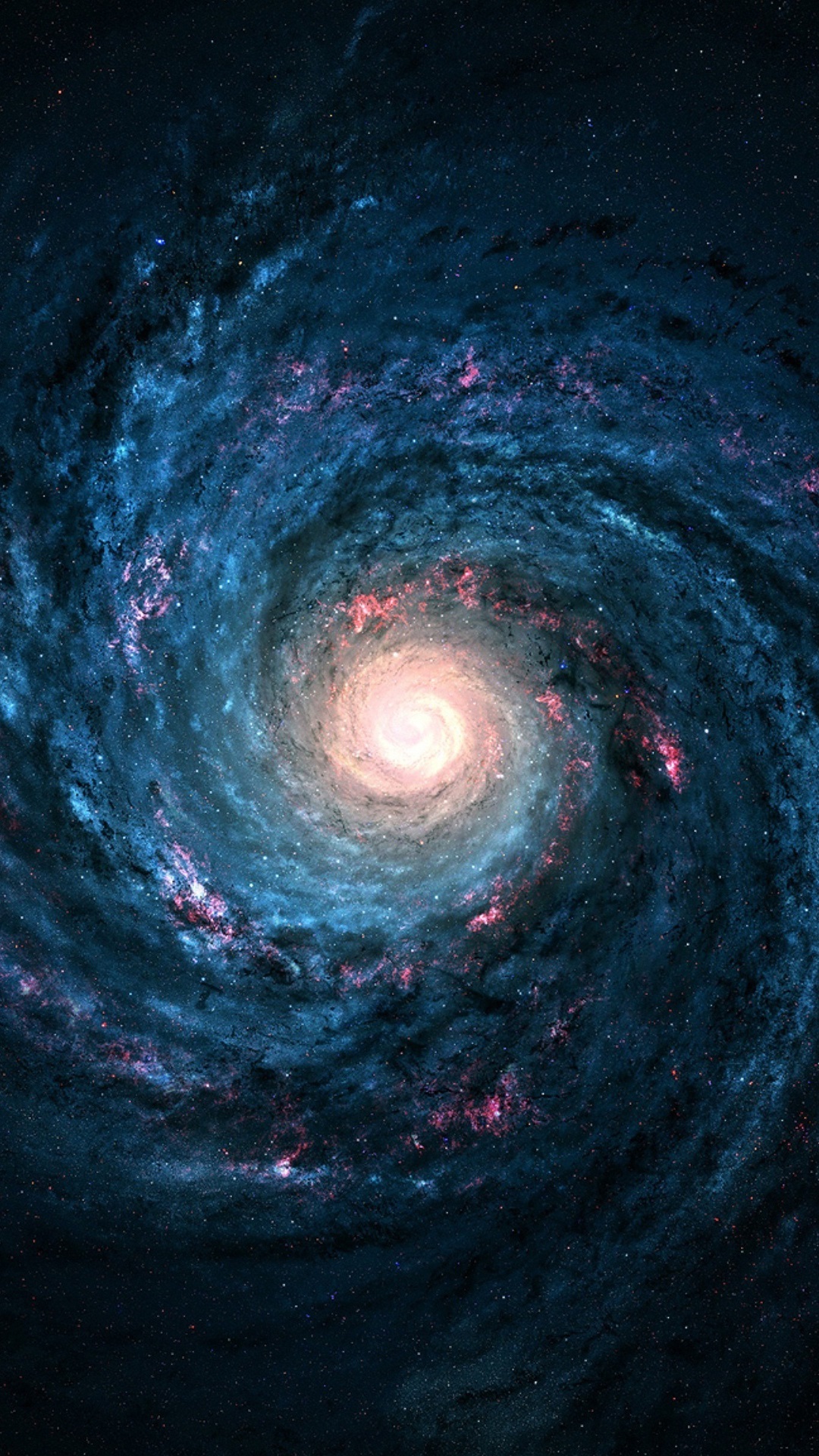

A halo of stars sometimes surrounds these. Most spiral galaxies have a bulge in their center, which is composed of stars. The bright stars are surrounded by criss-cross diffraction spikes, optical artefacts created by the internal structure of Hubble interacting with starlight. Spiral galaxies are a part of the Hubble sequence, and they consist of a flat disk, rotating with stars, gas, and dust.

While they share the same location on the sky, these objects are much closer to home than NGC 5495: they are stars from our own Milky Way. One is just outside the centre of NGC 5495, and the other is very prominent alongside the galaxy. Hubble’s crystal-clear vision helped astronomers disentangle the various sources of light at the core of NGC 5495, allowing them to precisely weigh its supermassive black hole.Īs well as NGC 5495, two stellar interlopers are visible in this image. Studying the central regions of galaxies can be challenging: as well as the light created by matter falling into supermassive black holes, areas of star formation and the light from existing stars all contribute to the brightness of galactic cores.
#Spiral galaxy series
This image is drawn from a series of observations captured by astronomers studying supermassive black holes lurking in the hearts of other galaxies. They possess the most beautiful features out of the 4 types of galaxies. The galaxy, which is located more than 29 million light-years away, is slightly bigger. The spiral galaxy was imaged before by the Hubble Space Telescope but it did not look anything like the purple spiral structure seen in the James Webb telescope’s mid-infrared image. In a spiral galaxy, the stars, gas and dust are gathered in spiral arms that spread outward. Spiral galaxies are the most common type of galaxies found throughout the Universe. NASAs James Webb Space Telescope has captured an image of a spiral galaxy with unprecedented details. These luminous cores - known to astronomers as active galactic nuclei - are dominated by the light emitted by dust and gas falling into a supermassive black hole. Spiral galaxies get their name from the shape of their disks. NGC 5495, which lies around 300 million light-years from Earth in the constellation Hydra, is a Seyfert galaxy, a type of galaxy with a particularly bright central region. Spiral galaxies are rich in gas and dust, which is often visible as lanes of dust when viewed from the top or bottom, and as layers of dust when viewed from. The first image from the $10 billion telescope was unveiled by the White House on July 11, showing stars and massive galaxies and offering the world’s deepest-ever glimpse into the edge of the universe.The stately sweeping spiral arms of the spiral galaxy NGC 5495 are revealed by the NASA/ESA Hubble Space Telescope’s Wide Field Camera 3 in this image. “We’ve been waiting for Webb for in some cases for decades now and we’ve all been, not sleeping very much for the last week looking and kind of looking at as many different Webb images we can,” Brammer said. Related Images: galaxy spiral universe milky way quantum space stars black hole astronomy.
#Spiral galaxy archive
The image is in the Barbara Mikulski Archive for Space Telescopes (MAST) which is available to the public. “We’re actually seeing an image of the gas and the dust in this galaxy, rather than the stars.” “In the mid-infrared, what you’re actually kind of seeing is the inverse of that, where that dust is no longer absorbing we’re actually observing directly that dust itself that’s now glowing, because the dust itself is emitting,” he said. Let's just see what JWST observed yesterday.


 0 kommentar(er)
0 kommentar(er)
